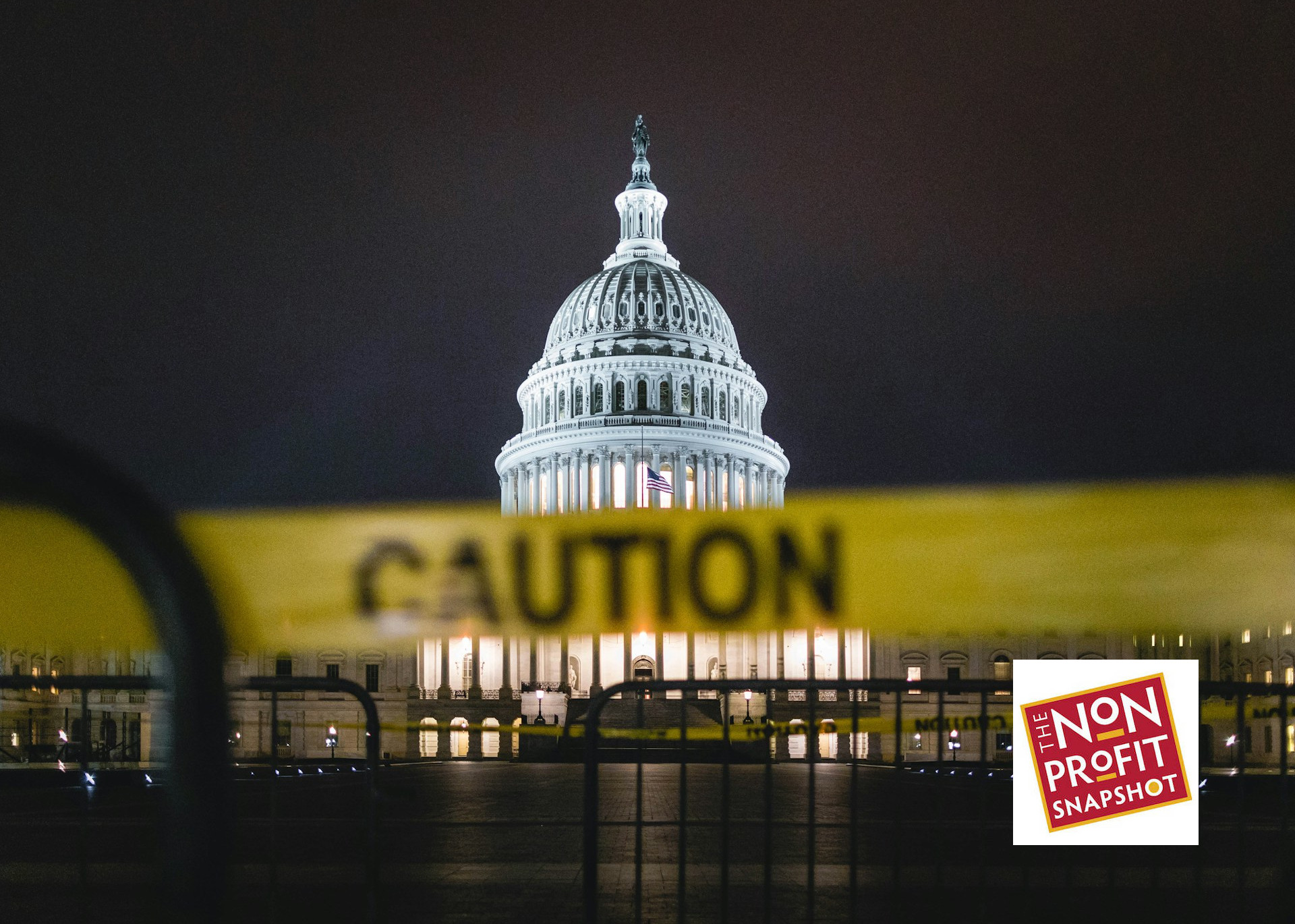The 2025 federal government shutdown isn’t just a headline, it’s playing out in nonprofits across the country as delayed grants, stalled contracts, and rising community needs. For organizations that rely on federal funding or partner with government agencies, the implications are serious. The good news: many nonprofits aren’t just waiting. They’re actively adapting.
Bear with me. This is a short story about a small moment that changed a nonprofit’s board culture.
Volunteers are often the beating heart of nonprofit organizations. They bring passion, time, and dedication to causes that matter deeply to them, and to you. But when the work becomes too stressful, demanding, or emotionally draining, even the most committed volunteers can experience burnout.
Every leader carries a personal vision of how the world could be better. Whether that vision focuses on public health, education, housing, or equity, the real challenge lies not in having a vision, but in turning it into a shared one.
Volunteers are the lifeblood of many nonprofits. They give their time, skills, and energy to help advance missions that matter—often without expecting anything in return. Yet while volunteers may not seek payment, they do need to feel valued. Recognizing their contributions in meaningful ways is one of the most important strategies any nonprofit can use to improve retention, motivation, and overall program success.
I recognize that some of the vocabulary I use in this post might sound objectionable to you. I welcome your thoughts on alternatives and better phrasings.
In nonprofit spaces, the word follower sometimes carries a negative connotation. People may associate it with passivity, a lack of initiative, or even weakness. Yet the truth is that followers are essential to every successful venture, organization, and community effort.





